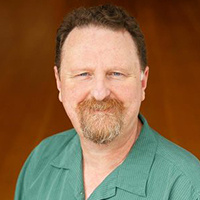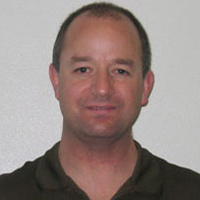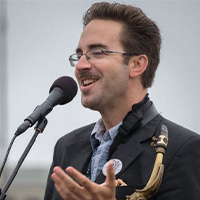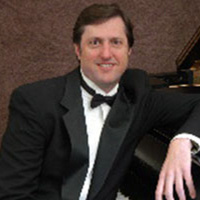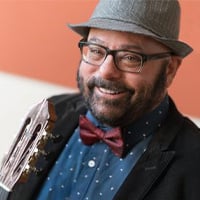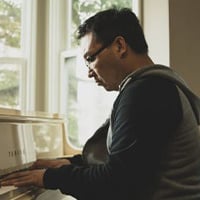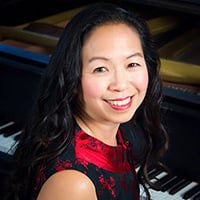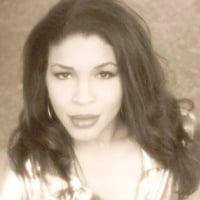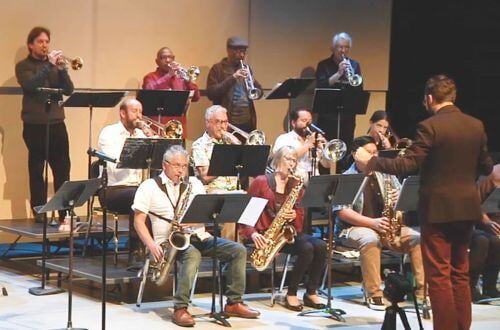
Courses in the Music Department are designed to fulfill the needs of music majors professional musicians and those whose interest is vocational. Students are encouraged to contact the department chairperson for specific guidance when planning to transfer to a four-year institution in this major.
Department Overview
The Laney College Music Department helps students build a foundation for success throughout their studies and careers. Our community of students and faculty bring together a rich mix of styles and cultures. Our experienced instructors are accessible and student focused. Students range from some with no experience to working professionals, all are welcome.
Our degrees and certificates reflect the diversity of our students’ interests: Chinese Music, Commercial Music, Jazz, General Music (including Western Classical). Laney offers an affordable and nurturing environment to pursue musical studies at every level.
 Ensembles
Ensembles
Laney College offers a diverse range of music ensembles that allow students to explore various styles and gain performance experience.
Chinese Orchestra & Small Ensemble
Students learn the art of playing both modern and traditional music on Chinese instruments. Speaking Mandarin is not required. Concerts on and off campus showcase the extraordinary talent of students and faculty.
The Laney College Choir, also known as Oakland City Chorus, provides opportunity for members of our community to sing a rich mixture of choral masterpieces and world music with no dues or membership fees except enrollment in a 1- unit class at Laney College (Music 125, 128, 146, 225 A-D, or 234 A-D). Dedicated to promoting choral excellence in the greater Oakland area, OCC is an outgrowth of the Laney College Choir, founded in 2004.
Chorus
We perform a wide variety of repertoire including Classical Music, World Music, Spirituals, and New Music. We have sung in Farsi, Hebrew, Hindi, Indonesian, Japanese, Latin, Mandarin, Spanish, Ukrainian, Xhosa, and many languages. Recent concerts have featured major works by Bach, Beethoven, Boulanger, Brahms, Britten, Coleridge-Taylor, Fauré, Handel, Ives, Fanny and Felix Mendelssohn, Mozart, Oliveras, Poulenc, Ramirez, Schubert, Stravinsky, Vivaldi, and others, including living Bay Area composers.
Oakland City Chorus is also a registered 501(c)(3) non-profit organization whose mission is to promote choral excellence in the greater East Bay Area.
Jazz Combos
Students placed in small groups (combos) perform both standards and modern Jazz tunes. Students must be able to play their own instrument as determined by audition.
Jazz Orchestra
Jazz Orchestra, also known as Big Band, performs large arrangements in a variety of styles, from standards to modern. Students must be able to play their own instrument as determined by audition.
Orchestra
Study and performance of music for Western Symphony Orchestra. Students must be able to play their own instrument as determined by audition.
Pop Music Ensemble
The Pop Music Ensemble at Laney began as a club created by students with Victor Siu as the faculty advisor. It wasn’t long before it grew into a popular class quickly gaining interest among the student body. The class offers a chance to dabble in a wide variety of pop music genres covering everything from pop music of the 1950’s to current radio and streaming hits. The Pop Music Ensemble is one of the most requested groups when live entertainment is needed on the Laney Campus and within the Peralta College District.
 Career Opportunities
Career Opportunities
A degree in music opens the door to a wide range of career paths, from performance and teaching to production and business roles. Here’s an overview of career opportunities based on different music degree specializations:
1. Performance Degrees (Instrumental/Vocal Performance)
- Professional Musician: Perform with orchestras, bands, or as a solo artist.
- Session Musician: Work with recording artists or production studios for albums, soundtracks, and commercials.
- Opera Singer or Vocalist: Opportunities in opera houses, theater companies, or as a studio vocalist.
- Conductor/Music Director: Lead orchestras, choirs, or musical theater productions.
- Music Therapist: Use music to support patient care in hospitals, schools, and therapy centers (requires additional certification).
2. Music Education Degrees
- Music Teacher: Teach in K-12 schools, community colleges, or universities.
- Private Music Instructor: Provide one-on-one lessons for voice, piano, guitar, or other instruments.
- Music Program Coordinator: Design and run music programs in schools or community organizations.
- Curriculum Developer: Create music curriculum and resources for educational institutions or music schools.
3. Music Production and Technology Degrees
- Audio Engineer: Work in recording studios, TV/radio stations, or live sound for concerts.
- Music Producer: Oversee the production of albums and work with artists on sound development.
- Sound Designer: Create sound effects and audio landscapes for video games, film, and theater.
- Electronic Music Artist: Compose and perform music using digital audio workstations (DAWs).
- Broadcast Technician: Manage sound systems for TV, film, and online media.
4. Music Business Degrees
- Artist Manager: Represent artists, negotiate contracts, and manage career development.
- Music Marketing Specialist: Develop campaigns and strategies to promote artists, albums, or music events.
- Booking Agent: Coordinate live performances, tours, and concert schedules.
- A&R Representative: Scout and sign new talent for record labels.
- Licensing Coordinator: Work with music rights and royalties, licensing songs for media use.
5. Composition and Songwriting Degrees
- Composer: Write music for film, television, video games, or theatrical productions.
- Songwriter: Create songs for performers, bands, or other recording artists.
- Arranger: Rework music for different ensembles or formats.
- Orchestrator: Translate compositions for orchestras or large ensembles.
- Jingle Writer: Compose short music for advertisements and brand promotions.
6. Ethnomusicology or Musicology Degrees
- Ethnomusicologist: Research cultural music practices, often in academic or museum settings.
- Music Historian: Work in archives, museums, or as a researcher on music history.
- Music Critic or Journalist: Write reviews, articles, and essays for media publications.
- Cultural Program Director: Plan events or exhibitions that explore musical heritage.
7. Music Therapy Degrees
- Certified Music Therapist: Use music to help patients manage physical and mental health conditions (requires additional certification).
- Recreational Therapist: Work in hospitals or care centers using music as a part of therapeutic programming.
- Special Education Therapist: Work with children and adults with developmental disabilities, using music as a learning tool.
8. General Music Degrees
- Arts Administrator: Oversee operations at concert halls, music festivals, or arts organizations.
- Event Planner: Organize and coordinate music events, tours, and concerts.
- Music Librarian: Work in universities, conservatories, or public libraries, managing music collections and resources.
- Music Sales or Retail Specialist: Work with music instruments and equipment in retail settings.
Each degree type allows musicians to blend their creativity with practical skills, leading to rewarding careers in education, production, performance, therapy, or business.
Contact Us
Department Chair
John Reager
jreager@peralta.edu
Dean
Elizabeth Maher
emaher@peralta.edu
Learning & Career Pathway
Visual & Performing Arts
Division
Language, Arts & Humanities
Click the map image to enlarge, or view in Google My Maps
Degrees & Certificates
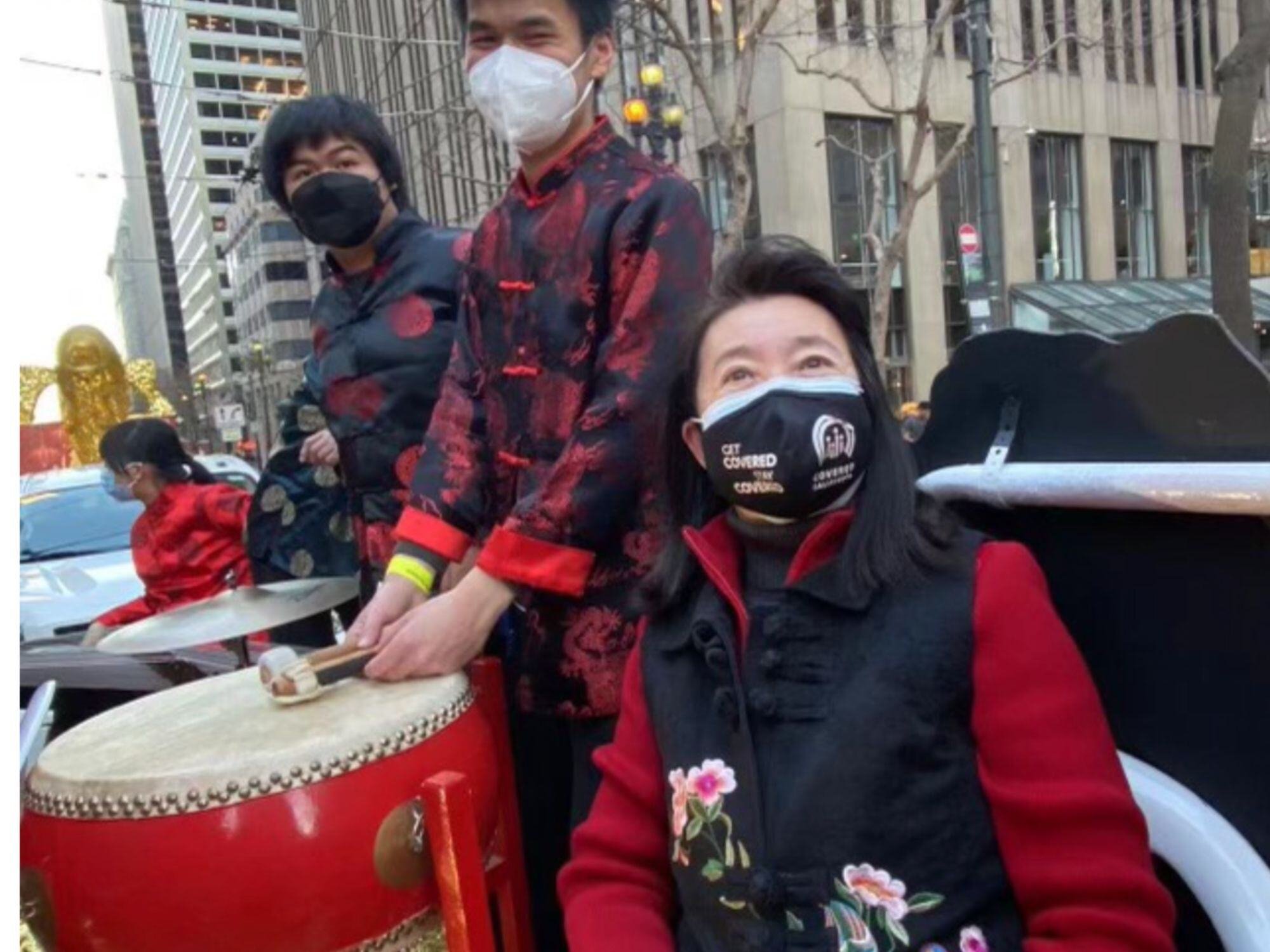
This degree recognizes mastery of Chinese Music essentials. Students will examine basic music theory, solo performance techniques, Chinese Music History; Jianpu notation, instrumentation, Chinese Opera traditions, and ensemble playing techniques.

This Degree recognizes mastery of Jazz essentials. Students will examine basic Jazz theory, performance techniques, improvisation skills, and Jazz history; chord voicings, alphabet system, evolution of styles from Blues and Ragtime to the present; ensemble playing techniques including: blending, tone production, chart reading, and solo improvisation.
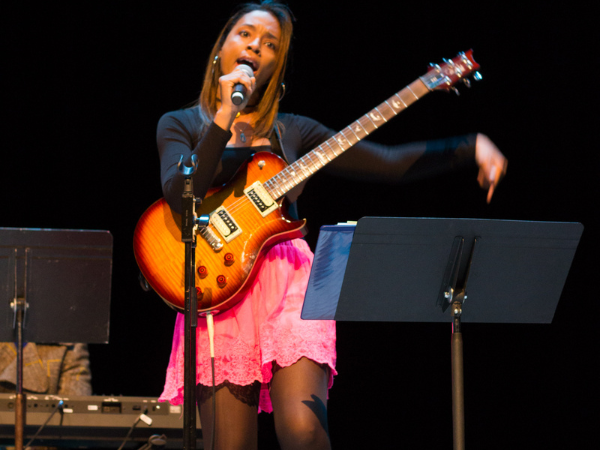
This Degree is designed to fulfill the needs of music majors, professional musicians, and those whose interest is vocational. Students are encouraged to contact the department chairperson for specific guidance when planning to transfer to a four-year institution in this major.

This Degree is designed to prepare students for a seamless transfer with junior status and priority admission to their CSU campus to a program or major in Music or similar major for completion of a baccalaureate degree.

This Certificate recognizes mastery of Chinese music essentials. Students will examine basic music theory, solo performance techniques, Chinese Music History; Jianpu notation, instrumentation, Chinese Opera traditions, and ensemble playing techniques.

This Certificate recognizes mastery of Jazz essential. Students will examine basic Jazz theory, performance techniques, improvisation skills, and Jazz History; Chord voicings, Alphabet System, evolution of styles from Blues and Ragtime to the present; ensemble playing techniques including: blending, tone production, chart reading, and solo improvisation.

This Certificate provides a foundation in music theory, music skills (musicianship), solo performance, and ensemble performance. These fundamental skills promote success in music careers and artistic endeavors.

This Certificate is designed for students who pursue studies in Music Appreciation and Music History. Students will explore universal aspects of music as well as genre-specific histories. Related careers include: Music Journalism, Music Consultant, Pre-School and Elementary Music Education. Recommended for students with disabilities.
Areas Of Study

Founded in 1973 by Sherlyn Chew, Laney College’s Chinese music program offers classes for all ages, including the Great Wall Youth Orchestra, which performs throughout the Bay Area. Students learn traditional instruments like the erhu, dizi, yangqin, and guzheng. Directed by Lu Peng, the Chinese Small Ensemble provides additional opportunities for skill-building and performance.
.jpg?width=60&height=60&name=CTE%20(12).jpg)
Welcoming students from beginning to advanced our Guitar courses emphasize classical technique and music reading, while exploring a diverse repertoire, including folk music, popular songs, and classical arrangements. Students learn to play by ear and from written music, with theory and improvisation introduced as they progress. We accommodate multiple levels by rotating students through practice rooms and the main classroom, ensuring everyone receives both lecture and lab hours.

Since it’s founding, our department has offered students the opportunity to work with mentors who are both seasoned performers and highly trained educators. We offer Jazz Piano & Jazz Combos, which include a Jazz AA and Jazz Certificate of Achievement, which can be earned along side either the AA or AA-T in Music, without duplicating coursework.
Some students may also want to take advantage of courses in our Music Industry Program, including: Electronic Music and MIDI, Songwriting, Music Business, and Live Sound.

Offering s a full range of Theory, Music Skills, and Music History classes both for students planning to transfer to four year programs and for musicians seeking to broaden their professional skills.
It is highly recommended that students take the corresponding level of Music Skills along with each theory class.

Offering a variety of piano classes with individualized instruction. Students are encouraged to pursue their musical interests, while learning fundamental skills, including performance and music reading.
Our electronic piano lab allows for in-depth individual and group instruction. In addition, there are practice rooms with acoustic pianos available for use by Laney College music students.
.jpg?width=60&height=60&name=CTE%20(15).jpg)
Voice Classes introduce singers to basics of tone production, song preparation and stage presence. Singers practice vocal exercises (warm ups), and learn assigned songs in a variety of styles. Instructors share their experience and passion for vocal music. This class is an excellent companion to the Laney College Choir or Music Skills classes.
.png?width=500&height=330&name=Laney%20College%20Enrollment%20(3).png)
Unlock Financial Aid for College Expenses
 Transfer To A University
Transfer To A University
Laney College's AA-T and AS-T degrees guarantee junior standing admission to the CSU system, with priority for local CSU campuses in similar programs. Consult a counselor or transfer specialist for details.
.png?width=60&height=60&name=CTE%20(6).png) Meet With A Counselor
Meet With A Counselor
Counselors can help you create a Student Educational Plan (SEP) to outline the courses needed for an Associate’s degree, transfer, or certificate, even if you're unsure of your educational goals.
.png?width=60&height=60&name=CTE%20(10).png) Uncertain About Your Career Path?
Uncertain About Your Career Path?
We provide support with career exploration, self-assessment as well as the major and career decision making process to help all Laney students achieve career satisfaction and success.

